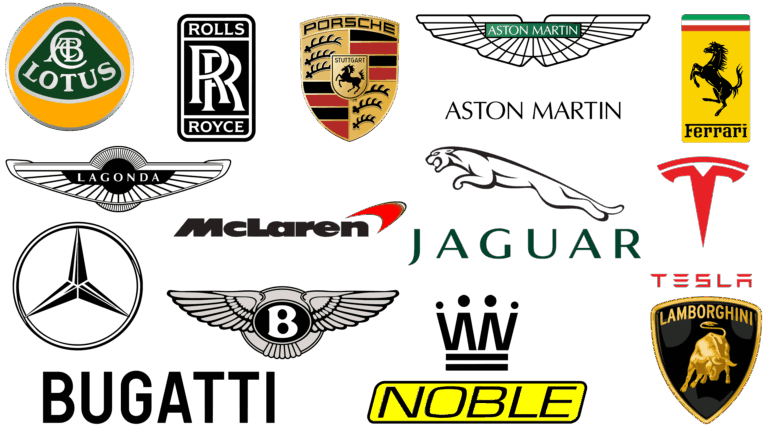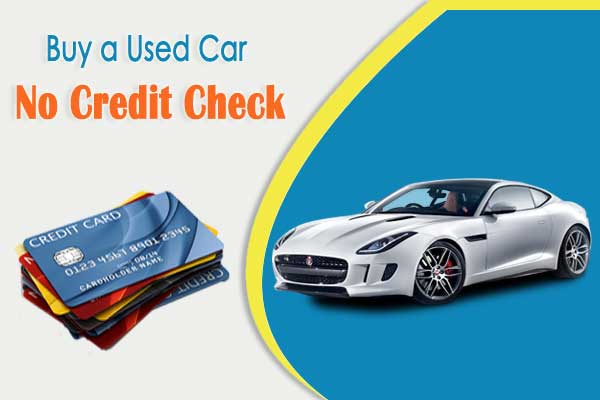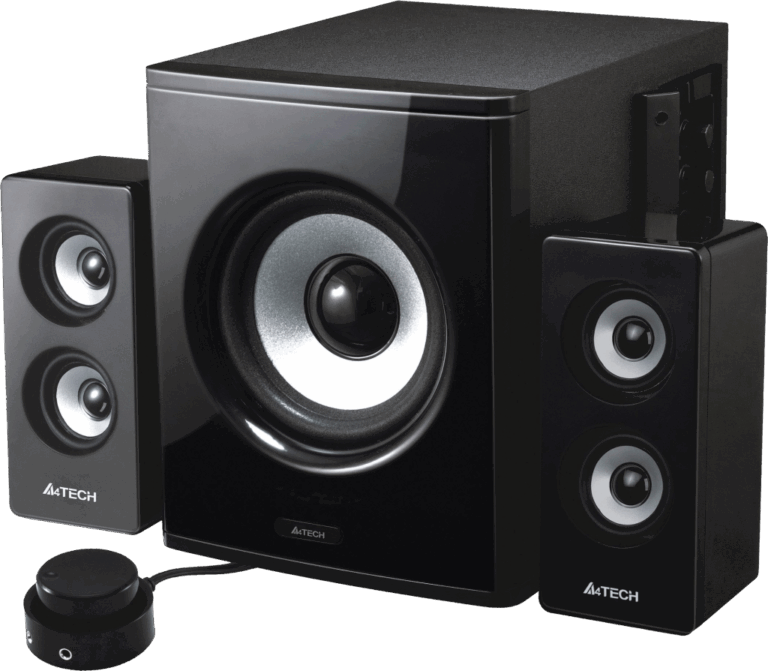List Of All Car Brands: Navigating the Global Automotive Tapestry
List Of All Car Brands: Navigating the Global Automotive Tapestry cars.truckstrend.com
The world of automobiles is a vast, intricate, and constantly evolving ecosystem. From the pioneering days of steam and internal combustion to the cutting-edge frontiers of electric and autonomous vehicles, countless manufacturers have emerged, innovated, flourished, and, in some cases, faded into history. The concept of a "List Of All Car Brands" isn’t merely a static compilation; it represents a dynamic snapshot of global industry, technological advancement, cultural influence, and consumer choice. Understanding this comprehensive list, or at least the major categories and nuances within it, is crucial for enthusiasts, consumers, investors, and anyone seeking to comprehend the immense scope of the automotive landscape.
This article delves into the fascinating complexity of car brands, exploring what constitutes a brand, how they are categorized, the inherent challenges in compiling an exhaustive list, and why grasping this diverse universe is more important than ever.
List Of All Car Brands: Navigating the Global Automotive Tapestry
The Ever-Evolving Automotive Landscape: A Dynamic Tapestry
At its core, a car brand represents a distinct identity under which vehicles are manufactured and marketed. This identity encompasses design philosophy, engineering prowess, target audience, and often a rich heritage. However, the automotive world is far from static. Brands are born, acquired, merged, resurrected, and sometimes disappear entirely.
Consider the following dynamics:
- New Entrants: The rise of electric vehicles (EVs) has seen a proliferation of new brands, particularly from China and tech-centric startups globally, challenging established players. Names like Rivian, Lucid, Nio, and Xpeng are recent examples.
- Mergers and Acquisitions: Giant automotive groups like Stellantis (merger of FCA and PSA), Volkswagen Group, Toyota, and General Motors own dozens of brands under their corporate umbrellas, often sharing platforms and technologies while maintaining distinct market identities (e.g., Audi, Porsche, Skoda, and Seat all under VW Group).
- Revivals and Niche Brands: Sometimes, dormant brands are revived (e.g., Borgward, DeLorean), or highly specialized, low-volume manufacturers cater to specific, often ultra-luxury or performance-focused niches (e.g., Koenigsegg, Pagani).
- Defunct Brands: History is littered with once-prominent names that no longer produce vehicles, from American giants like Oldsmobile and Plymouth to European marques like Saab and Rover. Their legacy, however, often lives on in classic car culture.

This fluidity makes a truly "complete" and perpetually updated "List Of All Car Brands" an elusive, almost mythical document. It’s a living database that requires constant revision.
Categorizing Car Brands: Understanding the Segments
To make sense of the vast number of car brands, it’s helpful to categorize them based on their market positioning, vehicle type, and target audience. While some brands span multiple categories, this general classification provides clarity:
-
Mass-Market/Volume Brands: These brands aim for broad appeal, offering a wide range of vehicles from compact cars to SUVs and trucks, prioritizing affordability, reliability, and practicality. They form the backbone of global automotive sales.
- Examples: Toyota, Honda, Volkswagen, Ford, Hyundai, Kia, Chevrolet, Nissan.

-
Luxury Brands: Focused on premium materials, advanced technology, superior performance, comfort, and prestige. These vehicles often come with higher price tags and cater to affluent buyers.
- Examples: Mercedes-Benz, BMW, Audi, Lexus, Cadillac, Volvo, Genesis.
-
Performance/Sports Car Brands: Specializing in high-performance vehicles, often with a focus on speed, handling, and driving dynamics. These can range from track-focused machines to high-end grand tourers.
- Examples: Porsche, Ferrari, Lamborghini, McLaren, Aston Martin, Corvette (Chevrolet sub-brand).
-
Ultra-Luxury/Exotic Brands: At the pinnacle of automotive luxury and exclusivity, these brands produce bespoke or extremely limited-production vehicles with unparalleled craftsmanship, customization, and astronomical prices.
- Examples: Rolls-Royce, Bentley, Bugatti, Koenigsegg, Pagani.
-
Electric Vehicle (EV) Specialists: While many traditional brands now offer EVs, a new wave of manufacturers has emerged solely focused on electric propulsion, often pushing technological boundaries in battery range, charging, and software integration.
- Examples: Tesla, Rivian, Lucid, Nio, Xpeng, Polestar.
-
Off-Road/Utility Vehicle Specialists: Brands primarily known for rugged SUVs, trucks, and vehicles designed for challenging terrains.
- Examples: Jeep, Land Rover, Hummer (now an EV sub-brand of GMC).
-
Niche/Bespoke Brands: Small-volume manufacturers catering to very specific tastes, often hand-built or highly specialized, sometimes focusing on specific design aesthetics or engineering philosophies.
- Examples: Morgan, Caterham, Ariel, Singer Vehicle Design (reimagining Porsches).
-
Commercial Vehicle Brands: While often overlooked in consumer discussions, these brands produce vans, trucks, and buses. Many are divisions of larger automotive groups.
- Examples: Mercedes-Benz Vans, Ford Transit, Isuzu, Volvo Trucks, Scania.
-
Defunct/Historical Brands: Brands that no longer produce vehicles but hold significant historical value and are often collected by enthusiasts.
- Examples: Oldsmobile, Plymouth, Pontiac, Saturn, Saab, Rover, Mercury, Hummer (original brand).

Challenges in Compiling a Definitive "List Of All Car Brands"
The ambition to compile a definitive "List Of All Car Brands" is admirable but fraught with complexities. Here are the major hurdles:
- Defining "Car Brand": Does a small workshop that modifies existing cars count? What about a company that only produces concept cars? Or a rebadged vehicle sold under a different name in a specific market?
- Sub-Brands and Divisions: Many large groups operate numerous sub-brands (e.g., Lexus is Toyota’s luxury division, GMC is GM’s truck division). Should these be listed independently or as part of the parent company?
- Geographical Variations: A brand might be popular or even exist only in one region, making global compilation difficult.
- Fluctuating Status: Brands can go bankrupt, be acquired, or be revived, making any list quickly outdated.
- Low-Volume and Boutique Manufacturers: Hundreds, if not thousands, of tiny manufacturers exist globally, producing a handful of highly specialized vehicles. Tracking them all is nearly impossible.
- Historical Depth: Including every brand that has ever existed, even for a brief period, would result in an unwieldy and overwhelming list.
- Badge Engineering/Rebadging: The practice of selling the same car under different brand names (e.g., early Saturns were based on Opel designs, some Nissans were rebadged as Suzukis). This blurs brand identity.
Why Understanding the Brand Landscape Matters
Despite the challenges, comprehending the vast array of car brands offers significant benefits:
- Informed Consumer Decisions: Knowing the brand landscape helps buyers identify vehicles that align with their needs, budget, and values (e.g., reliability, luxury, performance, environmental impact).
- Market Analysis and Investment: For investors and industry analysts, understanding brand portfolios, market share, and emerging players is critical for forecasting trends and making strategic decisions.
- Historical and Cultural Appreciation: Car brands are intertwined with national identities, technological progress, and design movements. Exploring them provides a rich historical perspective.
- Innovation Tracking: New brands, particularly in the EV and autonomous driving sectors, are often at the forefront of technological innovation.
- Career Opportunities: The automotive industry is massive, and knowledge of its key players is invaluable for anyone seeking a career within it.
Practical Advice for Navigating the Brand Landscape
For those interested in exploring the world of car brands, here’s some practical advice:
- Start with the Major Players: Familiarize yourself with the largest automotive groups (Volkswagen Group, Toyota, Stellantis, General Motors, Hyundai-Kia, Renault-Nissan-Mitsubishi Alliance) and their respective brands.
- Focus on Categories: Instead of memorizing every brand, understand the different market segments (luxury, performance, mass-market, EV) and the key brands within each.
- Utilize Automotive Resources: Websites like Wikipedia, reputable automotive news sites (e.g., MotorTrend, Car and Driver, Autocar), industry reports, and automotive encyclopedias are invaluable.
- Attend Car Shows: Physical car shows are excellent opportunities to see many brands and models in one place.
- Follow Industry News: Stay updated on mergers, new model releases, and emerging technologies, as these constantly reshape the brand landscape.
- Be Skeptical of "Complete" Lists: Understand that any "complete" list of all car brands will be an approximation, especially concerning historical and niche manufacturers.
Illustrative Segmentation and Price Ranges of Car Brands
Given the impossibility of listing all car brands with all their models and prices in a concise article, the following table provides an illustrative overview by segment, offering typical price ranges and key characteristics. Prices are approximate and vary wildly by model, trim, region, and market conditions.
| Brand Category | Representative Brands (Examples) | Typical Price Range (USD) | Key Characteristics & Focus |
|---|---|---|---|
| Mass-Market | Toyota, Honda, Ford, Volkswagen, Hyundai, Kia, Chevrolet, Nissan | $20,000 – $50,000 | Reliability, practicality, fuel efficiency, broad model range, value for money. |
| Entry-Luxury | Acura, Infiniti, Genesis, Volvo, Audi (entry), BMW (entry) | $40,000 – $70,000 | Premium features, enhanced comfort, refined driving, brand prestige, advanced tech. |
| Premium Luxury | Mercedes-Benz, BMW, Audi, Lexus, Cadillac, Porsche (entry) | $60,000 – $150,000 | High-end materials, cutting-edge technology, strong performance, significant brand status. |
| Performance/Sports | Porsche, Corvette, AMG (Mercedes), M (BMW), Lotus | $70,000 – $250,000+ | High horsepower, precise handling, aggressive styling, driver engagement. |
| Supercar/Exotic | Ferrari, Lamborghini, McLaren, Aston Martin, Bugatti | $200,000 – $3,000,000+ | Extreme performance, exclusive designs, limited production, bespoke customization, prestige. |
| Electric Vehicle (EV) Focus | Tesla, Rivian, Lucid, Nio, Polestar | $40,000 – $180,000+ | Zero emissions, advanced battery tech, software integration, distinct design. |
| Off-Road/Utility | Jeep, Land Rover, GMC (trucks), Ram, Subaru (AWD focus) | $30,000 – $80,000+ | Ruggedness, off-road capability, towing capacity, versatility. |
| Ultra-Luxury/Bespoke | Rolls-Royce, Bentley, Koenigsegg, Pagani, Maybach (Mercedes) | $300,000 – $10,000,000+ | Unparalleled craftsmanship, extreme exclusivity, bespoke customization, ultimate status. |
Note: This table is illustrative and provides general ranges. Specific models within any category can fall outside these ranges.
Frequently Asked Questions (FAQ) about Car Brands
Q1: How many car brands exist globally?
A1: It’s impossible to give an exact, definitive number due to the fluid nature of the industry (new brands emerging, old ones disappearing, sub-brands, defunct brands). However, counting active, significant brands, there are likely several hundred, with thousands more if you include historical and very niche manufacturers.
Q2: What’s the difference between a car brand and an automotive group?
A2: A car brand is the name under which vehicles are marketed to consumers (e.g., Toyota, Audi, Ford). An automotive group (or conglomerate) is the parent company that owns multiple car brands (e.g., Volkswagen Group owns Audi, Porsche, Skoda, Lamborghini, etc.; Stellantis owns Jeep, Fiat, Peugeot, Chrysler, etc.).
Q3: Are all car brands owned by large corporations?
A3: While many are, especially mass-market and luxury brands, there are still numerous independent, niche, and boutique car manufacturers that operate outside of large corporate ownership, often focusing on highly specialized or limited-production vehicles.
Q4: Why do some car brands disappear?
A4: Brands disappear for various reasons, including bankruptcy, declining sales, failure to adapt to market changes, strategic decisions by parent companies to consolidate or streamline operations, or intense competition.
Q5: What are some emerging trends in new car brands?
A5: The most significant trend is the rise of Electric Vehicle (EV) specialists, particularly from China, focusing on battery technology, software integration, and direct-to-consumer sales models. There’s also a trend towards highly personalized or subscription-based car ownership models from some new entrants.
Q6: How can I find a comprehensive list of all historical car brands?
A6: While no single perfect list exists, automotive encyclopedias, specialized historical automotive websites, and dedicated car enthusiast forums are excellent resources for exploring defunct and historical car brands.
Conclusion
The "List Of All Car Brands" is not just a compilation of names; it’s a dynamic, living chronicle of human ingenuity, economic forces, and cultural shifts. From the pioneering spirit of early manufacturers to the cutting-edge innovation of today’s EV startups, each brand tells a story of design, engineering, and ambition. While compiling a truly exhaustive and perpetually updated list remains an elusive goal, understanding the categories, challenges, and overall landscape of car brands empowers consumers, informs industry observers, and enriches the appreciation for one of humanity’s most transformative inventions. The journey through the global automotive tapestry is endless, and endlessly fascinating.





